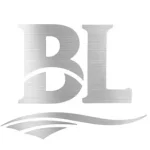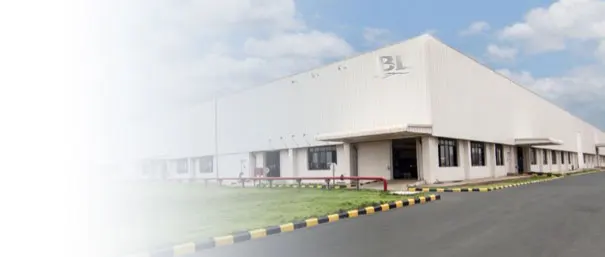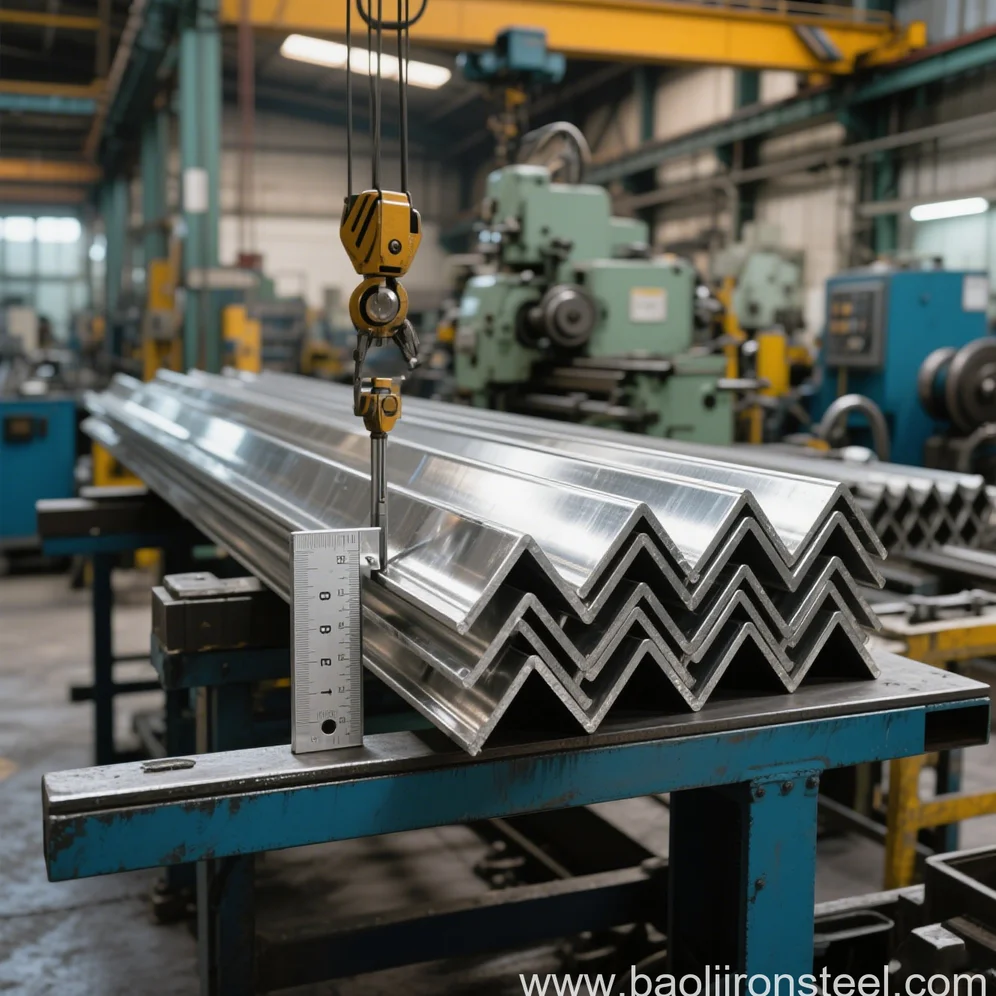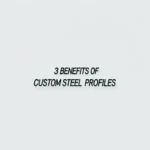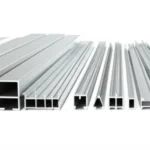In the intricate world of modern construction, material selection is paramount. Engineers, architects, and builders constantly seek components that offer optimal performance, durability, and design flexibility. Among the myriad of available profiles, stainless steel angle bars with unequal legs stand out as a highly specialized and increasingly popular choice. While equal leg angles offer symmetrical support, their unequal counterparts provide unique advantages that address specific structural and aesthetic challenges. Understanding when and why to leverage these distinctive profiles is crucial for successful project execution, ensuring both structural integrity and long-term value.


Understanding Unequal Leg Stainless Steel Angle Bars
An unequal leg angle bar, often referred to as an ‘L’ profile, features two perpendicular legs of different lengths. This distinct geometry provides a higher moment of inertia around one axis compared to the other, making it exceptionally versatile for specific load-bearing scenarios. When fabricated from stainless steel, these profiles inherit a host of superior properties, including remarkable corrosion resistance, high strength-to-weight ratio, excellent ductility, and an appealing aesthetic. Grades like 304 and 316 are commonly used, with 316 offering enhanced resistance to chlorides, making it ideal for marine or chemically aggressive environments. This combination of shape and material makes unequal leg stainless steel angles indispensable in a variety of demanding applications.
Key Advantages in Construction
- Optimized Load Distribution: The primary benefit of unequal legs lies in their ability to distribute loads more effectively across a specific axis. In situations where eccentric loading or asymmetrical support is required, the longer leg can be strategically positioned to handle greater stress, providing superior stability and structural efficiency.
- Enhanced Design Flexibility: Architects and engineers gain greater freedom in design with unequal leg angles. Their unique profile allows for more precise fitting into tight spaces, accommodating complex geometries, and creating custom support structures that might be impossible with symmetrical sections. This flexibility extends to joining methods, enabling various connections with differing beam widths or wall thicknesses.
- Aesthetic Appeal: For architectural applications where the structure is exposed, the sleek, modern appearance of stainless steel is highly desirable. Unequal leg angles can be used to create distinctive visual lines and shadow effects, contributing to the overall design aesthetic of a building. Their inherent resistance to tarnishing and staining ensures long-term visual integrity.
- Durability and Low Maintenance: Stainless steel’s legendary resistance to corrosion, rust, and extreme temperatures makes these angle bars exceptionally durable. This translates to reduced maintenance costs and a longer lifespan for the structure, particularly critical in harsh environmental conditions or high-traffic areas.
Primary Construction Applications
The unique properties of unequal leg stainless steel angle bars make them suitable for a diverse range of construction applications:
- Structural Framework and Support: They are frequently employed as stiffeners, lintels, or framing members where specific load-bearing requirements demand an asymmetrical profile. This is common in the construction of complex building facades, mezzanines, and custom machinery supports.
- Architectural Detailing and Trim: Given their clean lines and corrosion resistance, unequal leg angles are perfect for exposed architectural elements such as decorative trims, window frames, door surrounds, and corner guards in high-end commercial or residential buildings.
- Brackets and Fixtures: Their ability to accommodate different planes makes them ideal for custom brackets, shelving supports, and mounting fixtures where one leg might attach to a wall and the other supports an asymmetrical load.
- Marine and Coastal Structures: The superior corrosion resistance of stainless steel, especially Grade 316, makes these angle bars invaluable in environments exposed to saltwater spray, such as docks, marinas, and coastal building components.
- Food Processing and Pharmaceutical Facilities: The hygienic properties of stainless steel, combined with the strength of angle bars, make them suitable for equipment framing, supports, and cleanroom applications where cleanliness and corrosion resistance are paramount.
Considerations for Specification and Sourcing
When specifying stainless steel angle bars with unequal legs, several factors must be carefully evaluated to ensure optimal performance and cost-effectiveness:
- Grade Selection: Choose between common grades like 304, 316, or specialized alloys based on the corrosive environment, temperature extremes, and mechanical strength requirements of the application.
- Dimensions and Thickness: The lengths of both legs and the thickness of the material will directly impact the section’s strength and load-bearing capacity. These must be precisely matched to engineering calculations.
- Surface Finish: Options range from a standard mill finish (hot or cold rolled) to polished finishes (e.g., 2B, BA, No. 4, Mirror) depending on aesthetic requirements and ease of cleaning.
- Manufacturing Method: Hot-rolled angles are generally more cost-effective for structural applications, while cold-formed angles offer tighter tolerances and smoother finishes, often preferred for architectural uses.
Sourcing these specialized materials from a reliable manufacturer is paramount. At BaoLi Iron & Steel Co.,Ltd, we pride ourselves on being a leading Chinese steel manufacturer, committed to delivering premium stainless steel products worldwide. We offer comprehensive customization services, allowing us to produce unequal leg angle bars to your exact dimensions, grades, and finishes. Our stringent quality control system ensures that every product, from basic steel to specialized profiles, meets the highest international standards, striving for 100% customer satisfaction.
Our experienced technical team provides invaluable support, guiding you through material selection and application best practices. With a global service network that covers everything from production to transportation and contract management, BaoLi Iron & Steel is your trusted partner in achieving project success with unparalleled quality and reliability.
Conclusion
Stainless steel angle bars with unequal legs represent a sophisticated solution for demanding construction applications. Their unique geometry, combined with the inherent benefits of stainless steel, provides an unmatched combination of structural efficiency, design flexibility, and long-term durability. By carefully considering the specific requirements of a project and partnering with a reputable supplier like BaoLi Iron & Steel Co.,Ltd, builders and engineers can harness the full potential of these specialized profiles, ensuring robust, aesthetically pleasing, and sustainable structures for years to come. Choosing the right materials not only impacts the immediate build but significantly contributes to the overall longevity and cost-effectiveness of the entire construction lifecycle.

